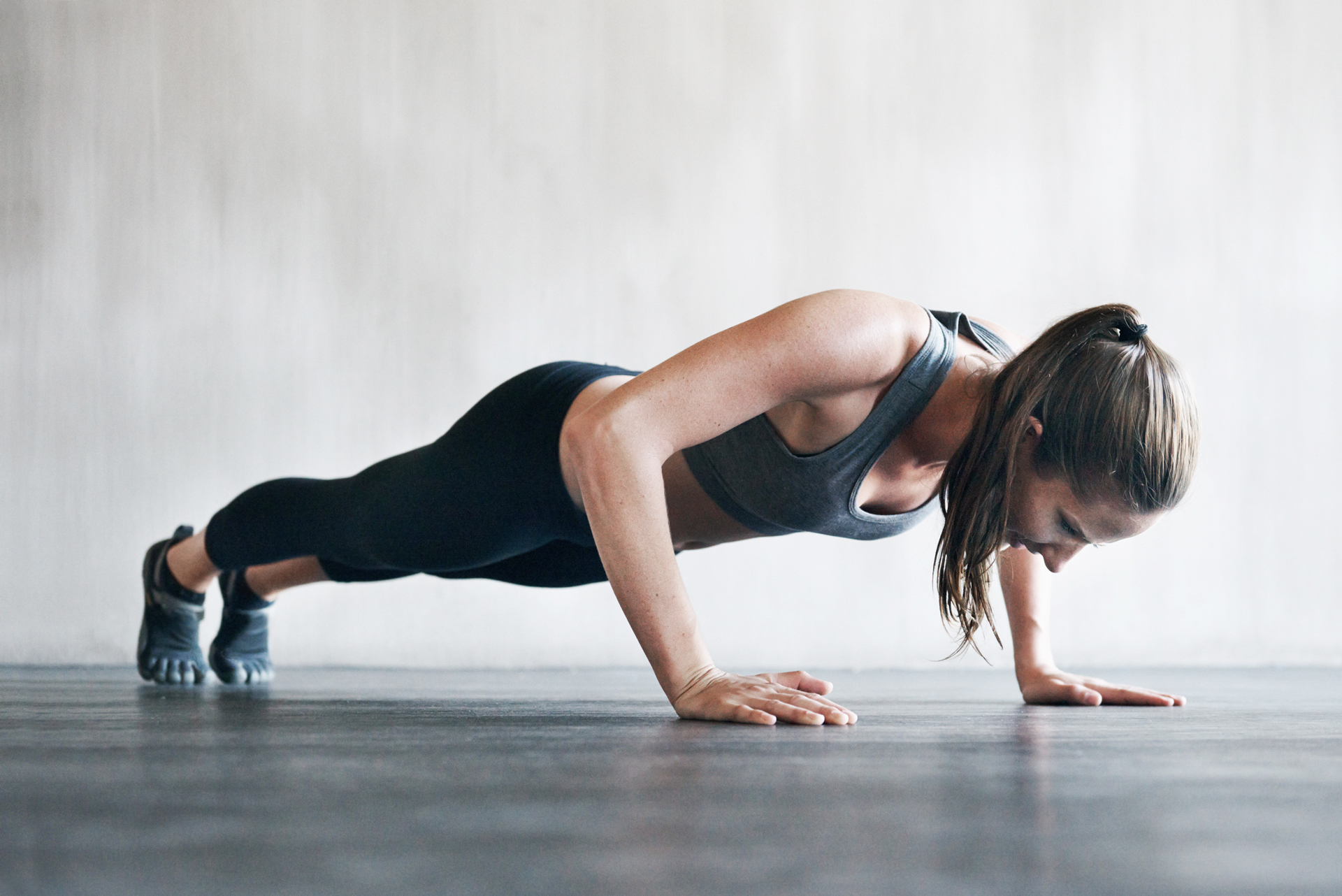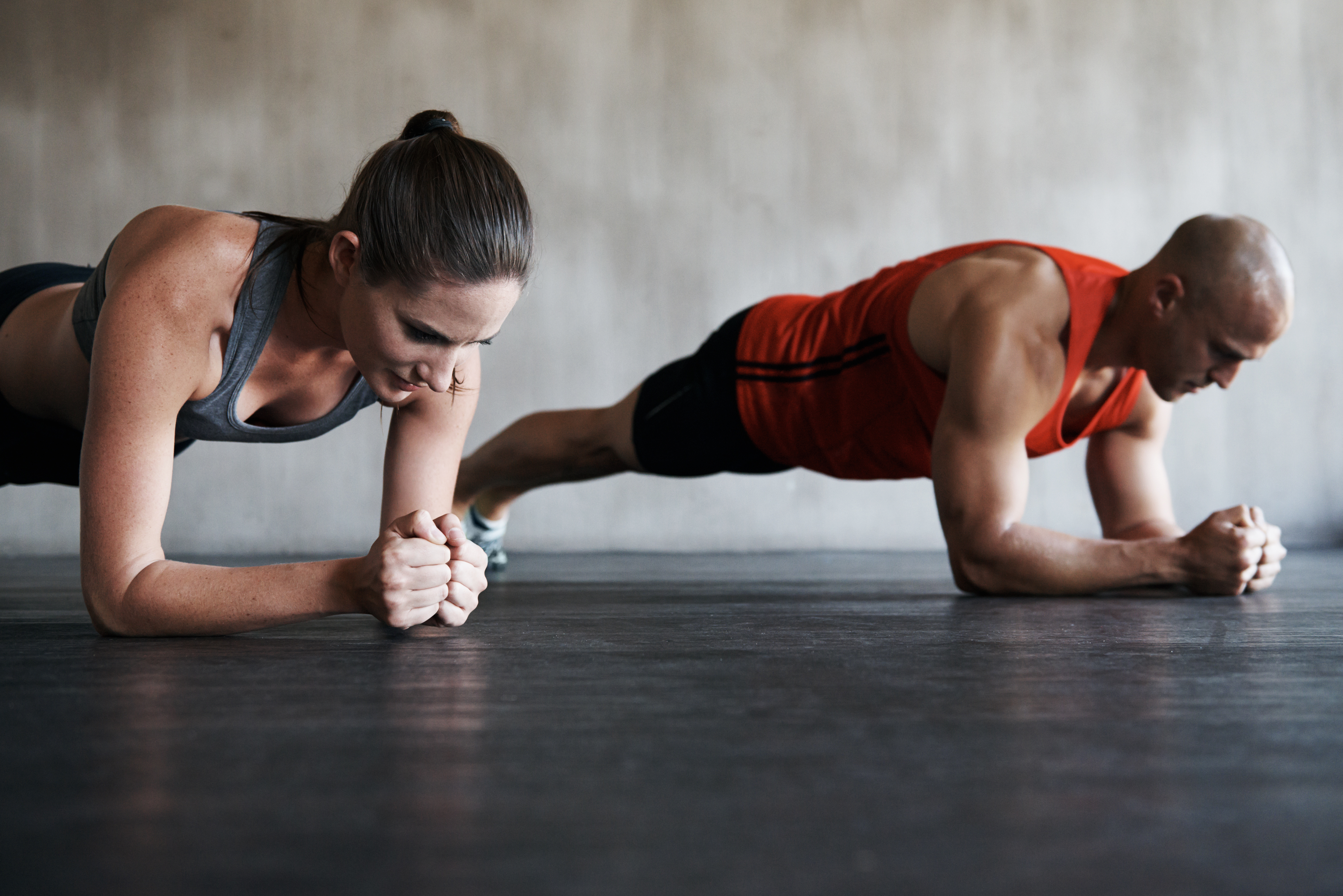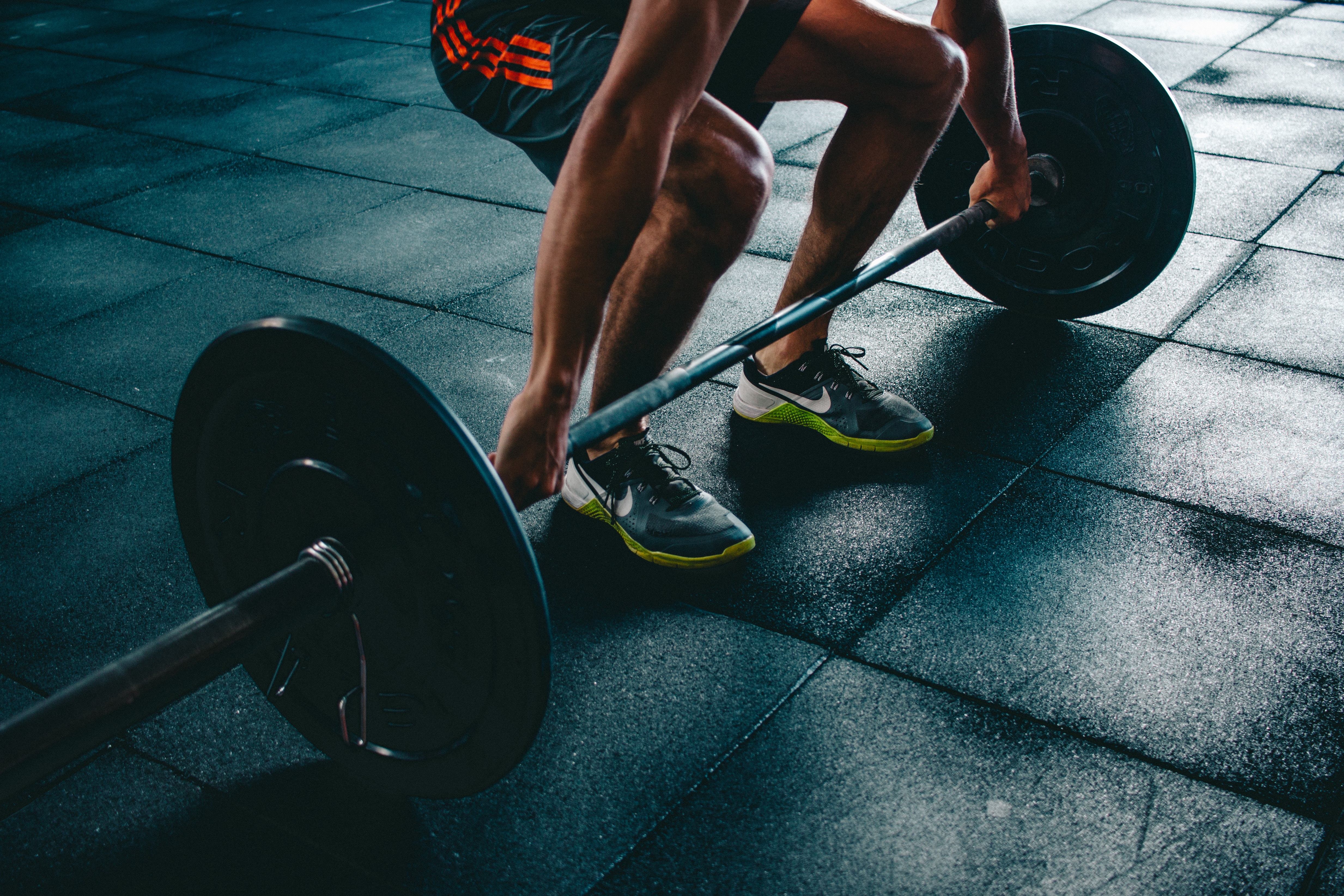
A full-body workout offers several benefits that contribute to overall fitness and well-being. This type of workout engages multiple muscle groups across your body in a single session, providing a holistic approach to strength, endurance, and cardiovascular fitness
Full body workouts optimize time and efficiency. Since you're targeting different muscle groups in one session, you can achieve a well-rounded workout in a shorter amount of time. This is particularly beneficial for individuals with busy schedules who want to maximize their fitness gains without spending hours at the gym.
These workouts also promote balanced muscle development. By engaging various muscles in a single session, you reduce the risk of creating muscle imbalances that can occur with isolation exercises. This balanced approach helps prevent overworking certain muscles while neglecting others, leading to a more symmetrical and functional physique.
Full body workouts can aid in fat loss and cardiovascular health. These workouts often incorporate compound movements, which require more energy and can lead to increased calorie burn both during and after the workout due to the afterburn effect.
Additionally, the combination of strength and cardiovascular exercises in a full-body routine helps improve heart health, boost metabolism, and enhance overall endurance.
The best full body workout routine will depend on your fitness goals, experience level, and any specific needs or limitations you might have.
However, here's one of the best full-body workout routine that incorporates various exercises to target different muscle groups.
You can adjust the intensity and volume based on your fitness level:
Warm-up:
5-10 minutes of light cardio (jogging, jumping jacks, brisk walking) to increase your heart rate and warm up your muscles.
Full-Body Workout Routine:
Perform this routine 2-3 times a week, allowing at least one day of rest between sessions. Start with 2 sets of each exercise and gradually increase to 3 sets as you progress.
Squats (Lower Body):

Stand with feet shoulder-width apart.
Lower your body by bending at the hips and knees, keeping your back straight.
Push through your heels to return to the starting position.
Push-Ups (Upper Body):

Start in a plank position with hands slightly wider than shoulder-width.
Lower your body by bending your elbows, keeping your body in a straight line.
Push back up to the starting position.
Bent-Over Rows (Back and Arms):

Hold a dumbbell in each hand, hinge at the hips, and keep your back flat.
Pull the dumbbells to your hips, squeezing your shoulder blades together.
Lower the dumbbells back down with control.
Lunges (Lower Body):

Step forward with one leg and lower your body until both knees are bent at a 90-degree angle.
Push off the front foot to return to the starting position.
Alternate legs with each repetition.
Plank (Core):

Start in a push-up position, but rest on your forearms.
Keep your body in a straight line from head to heels, engaging your core muscles.
Hold this position for as long as you can maintain proper form.
Dumbbell Shoulder Press (Shoulders):

Hold a dumbbell in each hand at shoulder height, palms facing forward.
Press the dumbbells overhead until your arms are fully extended.
Lower the dumbbells back to shoulder height.
Deadlifts (Lower Back and Hamstrings):

Stand with feet hip-width apart, holding a barbell or dumbbells in front of your thighs.
Hinge at the hips while keeping your back straight, lowering the weights towards the ground.
Push through your heels to return to the upright position.
Cool Down:
5-10 minutes of stretching, focusing on the muscles you worked during the workout.
Remember to start with light weights and focus on proper form before increasing the weight or intensity. As you progress, you can adjust the exercises, sets, and reps to challenge yourself further. It's also a good idea to switch up your routine every few weeks to prevent plateaus and keep your workouts effective.
